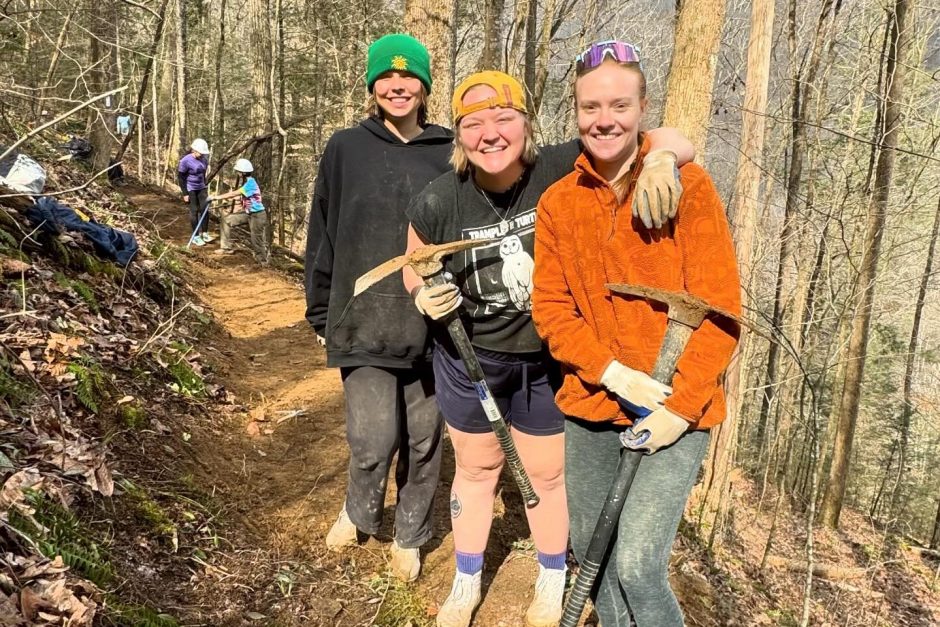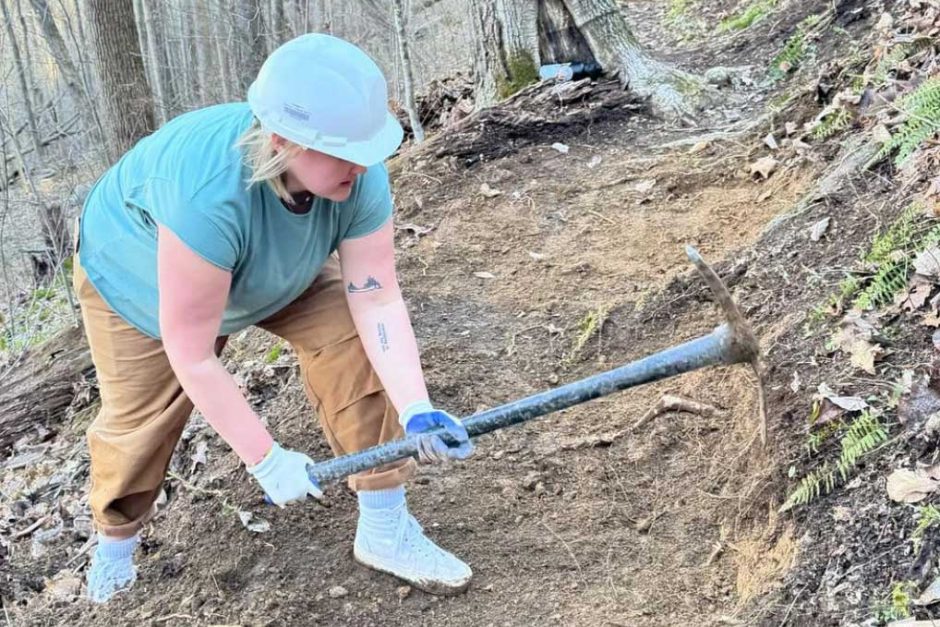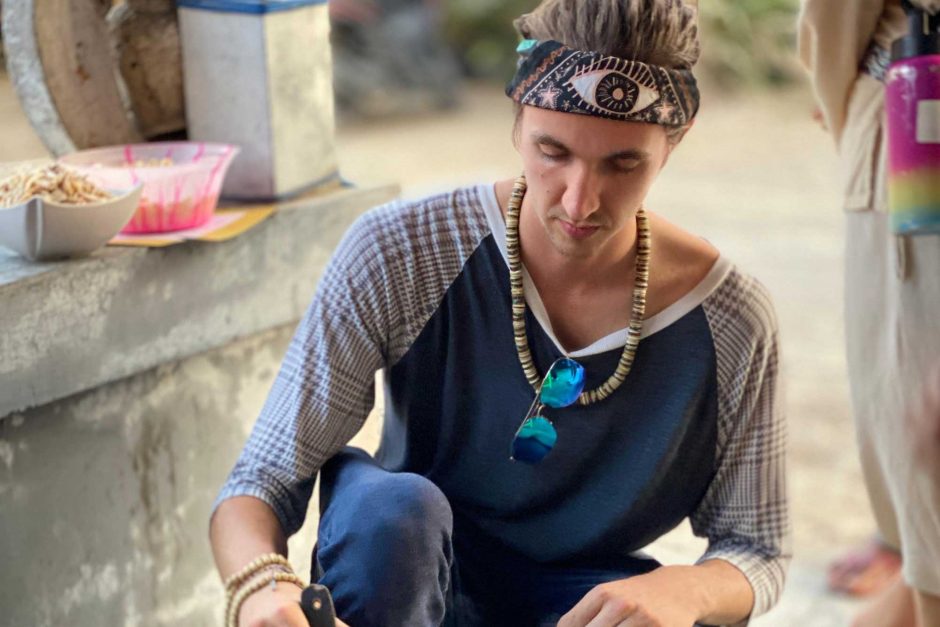Maps are a Snap for software engineer
Until he joined Snap, the parent company of Snapchat, software engineer Ian Dees ’06 had not used the social media app. That shouldn’t be surprising given that 90% of Snapchat users are age 13-24, and 70% are female.
 Dees, who majored in computer science at Cornell, helps build the data that powers Snap’s map, a lesser-known aspect of the app that users find by exploring.
Dees, who majored in computer science at Cornell, helps build the data that powers Snap’s map, a lesser-known aspect of the app that users find by exploring.
“The concept of exploring the app and not being told how to use it is interesting to the younger demographic,” Dees says.
The team he’s part of—some of whom were hired from his previous employer, Mapzen—introduced an egg hunt game on Easter to entice users to find and explore the map. Accessing the map allows users to view snaps (photos or video) from around the world, particularly in areas where an algorithm finds a high number of snaps and posts an icon. When Notre Dame burned, for example, Snap story posts about the event were viewable in real time. With 3 billion snaps created every day there is a lot of material to work with [source for this stat and those in opening paragraph: OmnicoreAgency.com].
Dees has a special interest and abilities in map software. He is the treasurer for OpenStreetMap US, a free, open-source “Wikipedia of maps.”
He says his Cornell education and network have been instrumental in his career.
“The most important aspect of my education was the social aspect, the emotional intelligence,” he says. “That includes being aware and empathetic about what other folks are thinking, working with a team, and working under pressure on the block plan. These are all things we particularly practiced and something we had to think about a lot at Cornell.”
He also said Cornell’s computer science program covered a lot of ground quickly, and Professor Andy Wildenburg “did a spectacular job of teaching through showing examples and lab time. A lot of lab time for me was spent helping others. That was an important lesson to learn for my job as a software engineer, where working together and helping coworkers is an important talent to have.”
Post-graduation, the Cornell network has been instrumental in his career.
“The turning point for my career was when I went to work for Harper Reed ’01 at the Obama 2012 re-election campaign. That was a super interesting job and put me in contact with tons of extremely smart people, not only Harper and Derek Brooks ’03, but in general,” he says. “There was a dawning in my mind that I didn’t have to stay at the same job for my whole career because I know people who have access to cool jobs, and that’s the way you keep your career moving.”
Since the Obama campaign, Dees has been lucky enough to work from home, which he says is ideal for him and his wife, Kyle Bantz ’06.
“Working remotely is important for our family,” he says. “It allows Kyle to find work in a challenging job market.” Bantz teaches analytical chemistry at the University of Minnesota, and the couple lives in St. Paul with their golden retriever, Pepper.
Dees has most certainly found his map to success.



